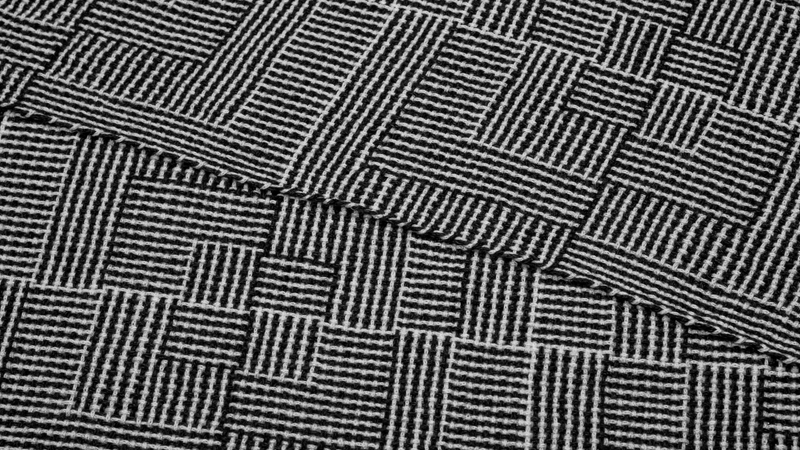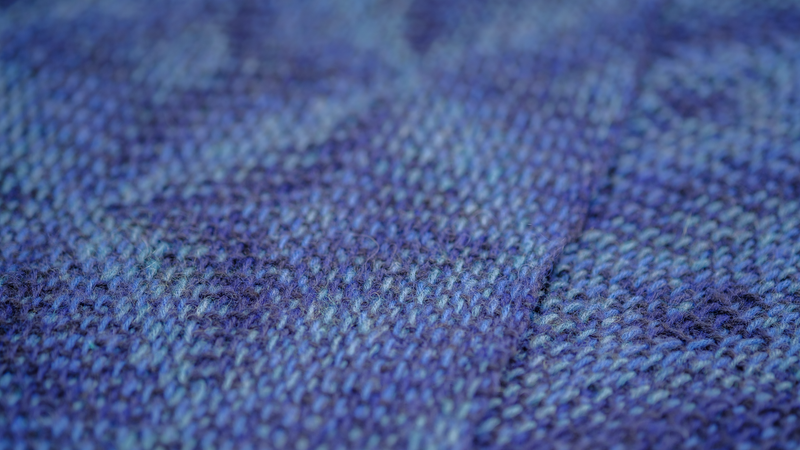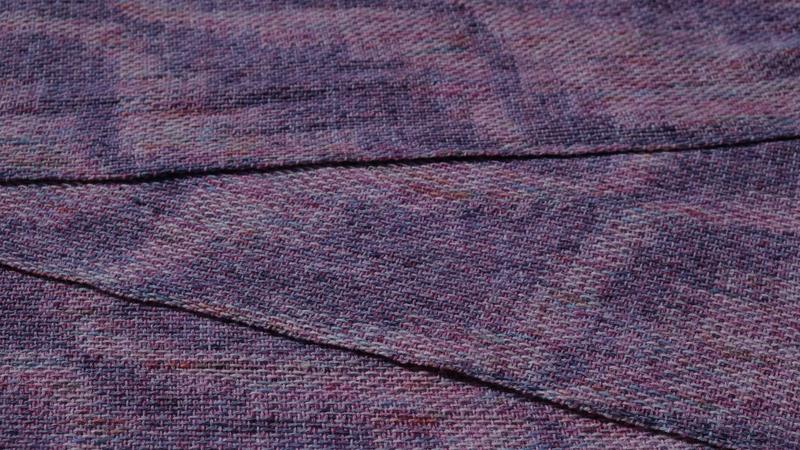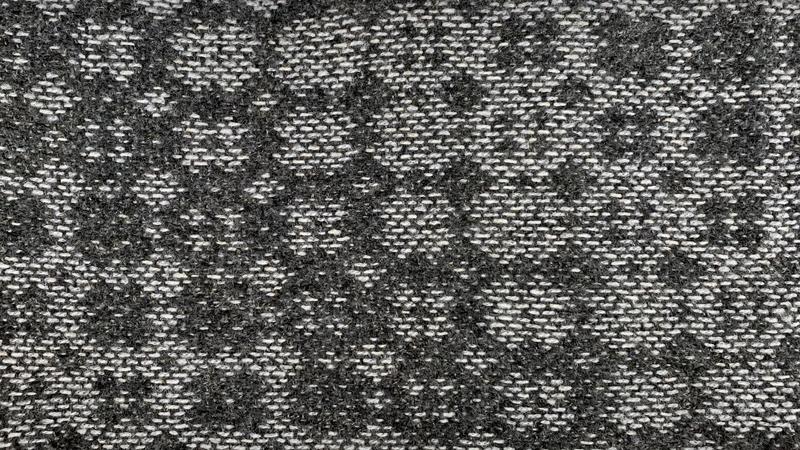When designing shadow weave, I often try to obtain smooth flowing shapes and curves. Recently, I learned that blocky shadow weaves lead to just as interesting designs.
A Woven World – wool
by Barbara Goudsmit
What do you do when you want to make a shawl in shades of blue? There are many possible routes to take, but I decided on revisiting monochrome Corris. It is a great way to achieve a subtle interplay of colors.
Last spring, I made a shawl in Turned Taquete based on the Fibonacci sequence. When my mother saw this shawl, she said she would like one in a different color combination. I was happy to comply, but made one additional little change besides the color choice.
Perhaps one of the most well-known mathematical concepts in the world of handcrafts is the Fibonacci sequence.In one of my latest hand weaving projects, I used the Fibonacci sequence to design a wavelike pattern.
Last year, I made a blanket covered in four-leaf clovers for my sister. Earlier this year, I decided to continue along this line and make a shawl with even more lucky clovers for her birthday.




